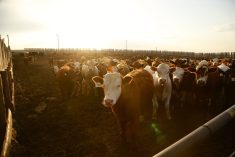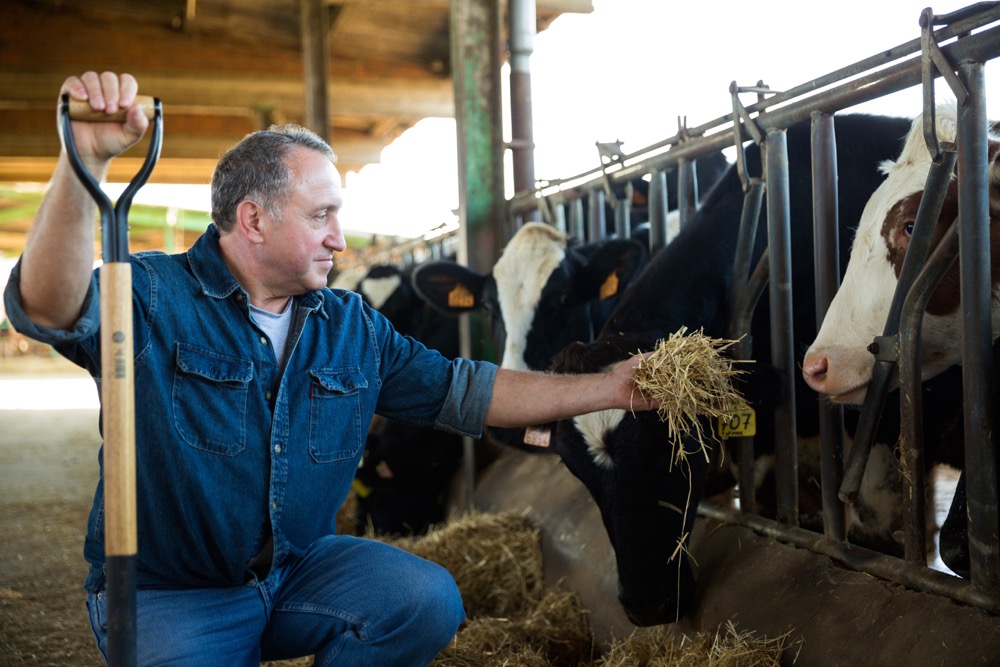I’ve long said that the money in the beef industry comes from providing value as the customer defines it.
That statement has several sides, of course. It means we value add, which is true. But it also came into play as consumers demanded beef labelled hormone and antibiotic free, local, grass fed, fresh or organic. They’ve shifted from grocery store buying to spending $1 billion at the tables of farmers’ markets in Canada and started to order online. Burger chains have located both domestic and off-shore product that was grass fed and free of additional additives. How the animal lived has become a focus of consumers, and transparency through the Internet and social media evolved as the norm.
Read Also

Guarding against misinformation: Do you believe in house hippos?
Misinformation and disinformation run rampant in today’s digital age. Farmers must be wary of the digital dangers and know how to keep themselves safe.
As the consuming world changed, beef production and marketing fought back. Innovators who wanted to get into specialized programs were ridiculed, slammed against a regulatory wall, or basically left out of the considerations in a national strategy. In the world of proposed trade liberalization, we now sit without the product to meet the criteria of our new clients and have in the process also ignored our domestic demand. Canada’s heavy dependency on live trade with the U.S. covered the tracks of the industry’s dragging leg. Retailers have not been impressed and have stated that they are ignored by the beef industry until the industry is in crisis.
- More with Brenda Schoepp on the Alberta Farmer: The three basic rules of selling cattle
Companies such as Costco begged for Prime-grade product but the Canadian producers and industry that made those decisions could see no value in such work. We now compete with American Prime on Canadian shelves.
And all the while the tool of genomics was pushed back and hugely underappreciated, regardless of the opportunities to feed and breed to a specific end point. Grass fed was ridiculed, but now we cannot meet market demand. The marketing campaign by A&W caught both the beef industry and other fast-food chains off guard. These shifts were foreseeable and largely also avoidable.
The real cost to the industry has been twofold. The perceptive damage has been done. A disconnect widens with the public, which is largely urban and, in many cases, new to the Canadian landscape and Canadian food. In Toronto, more than 50 per cent of the population is foreign born and like the rest of the world, the majority of our nation’s population lives within a narrow strip close to a port. Do we know them? Involving community in agricultural growth and policy is critical because we are part of their day. We are food.
Perhaps the greatest cost has been in attracting new entrants. Those young folks who are creative and willing to push the envelope. Did we encourage them, leave them space and are we inviting them to contribute in a way in which they are heard? To be fair, the exposure of young cattlemen and cattlewomen through the Cattlemen’s Young Leaders program is a shining star for Canada. And the buzz on social media of passionate men and women of this industry is intoxicating. But does it resonate in a way that fully appreciates the end-user — both domestic and international? Did we ensure there was a workable regulatory environment and access to capital, mentorship and encouragement?
Success comes from the relationships the industry nurtures both domestically and abroad. That relationship is on the inside and on the outside of the beef industry. It makes it tough for our negotiators to fully commit when there is turmoil on the inside and a true lack of export-ready product as the consumer needs it. It makes it tough for our producers on the inside to understand the complexities of trade when that information is not being shared. What really stands out though is the lack of transfer of value as beef appreciates up the chain.
Being told we will prosper as an industry and prospering from a value-based strategy that is in tune with the customer’s definition of value are two completely different ends of the spectrum. The high prices of last year were a demand pull on live cattle to utilize an undervalued feed grains crop. Prices were not value driven by our attentiveness to shifts in domestic or international demand. That would have required a look at, and acceptance of, both production and processing protocols that were in tune with the core values of the client.
There are several glaring areas in the national trade deficit, and one of the big ones is meat. We have an opportunity to engage up and down the chain in a way that allows for innovators, processors, and farmers to succeed.
It is like the story of three shoe salesmen. Each travel to the same hot desert village where they find everyone barefoot. One phones back to say that there is not any hope of shoe sales as everyone is barefoot. The second calls in for an order of winter boots because that is what his company makes. The third phones the factory and shouts, ‘Start making sandals — everyone is barefoot!’
It is all a matter of perspective.
















